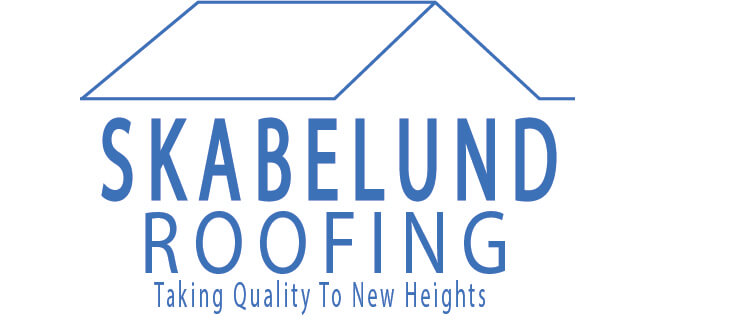Blog
When it comes to maintaining your home, the roof is one of the most critical components. It’s your first line of defence against the elements and…
Maintaining a home involves various tasks, but one of the most vital aspects is managing water flow. Gutters play an essential role in directing…
Keeping your gutters clean is vital to maintaining your home’s integrity. Gutters direct rainwater away from your house, protecting your…
Gutters play a vital role in protecting your home from water damage. Over time, however, they can become clogged, damaged, or worn out, necessitating…
Maintaining a healthy roof is essential for protecting your home. Over time, however, roofs can deteriorate and require significant work. One of the…
Your roof is one of the most important components of your home, providing protection against the elements and contributing to its overall structural…
Bringing Cool Roofs to Logan & Layton, UT & Beyond
As the roofing industry continues to evolve and change, new roofing trends and materials…
Find Roofing Materials for Your Logan or Layton, UT Home
When selecting roofing materials for your Logan or Layton, UT property, it can be…
Analyzing the Cost of Roof Replacement in Logan & Layton, UT
When it comes time to replace your roof in Logan and Layton, UT the cost of roof…
Exploring 2024 Roofing Trends in Logan and Layton, UT
The roofing industry continuously evolves to become a more sustainable and effective…
